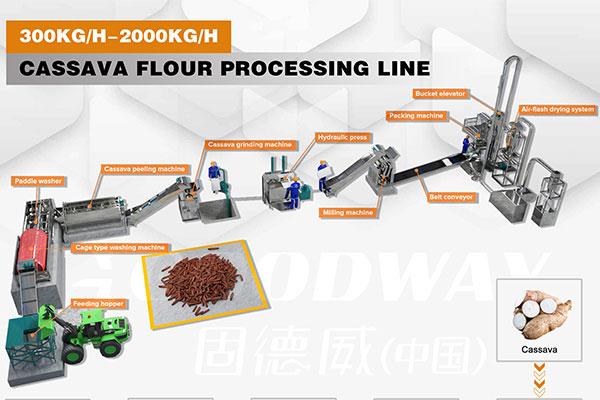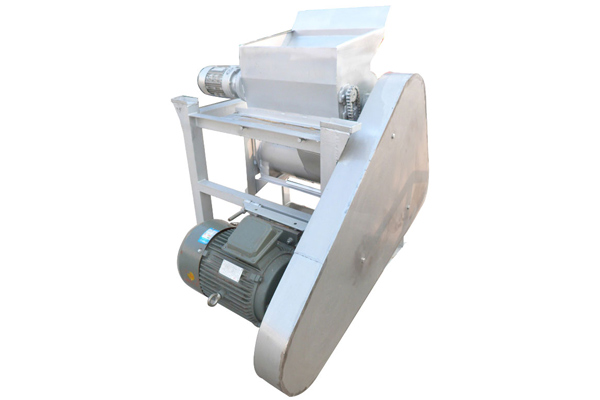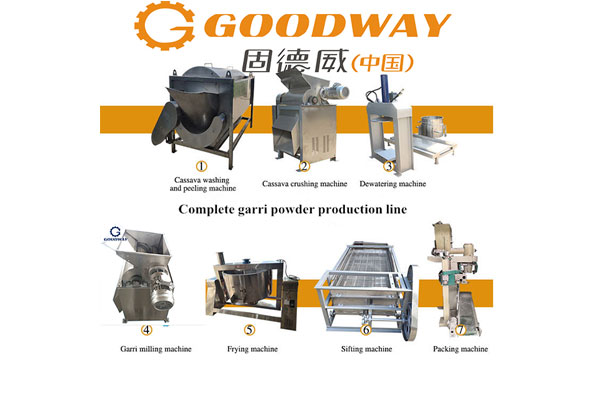In the current starch processing market, there is a significant demand for simple starch lines, albeit with relatively modest requirements regarding starch yield and quality.
Limited Starch Yield
Simple starch production lines are characterized by their low configuration, making them inadequate for high-volume production demands. Typically, these lines yield around 300-500 kilograms per hour.
Minimal Equipment
Although these lines may lack comprehensive machinery, they typically include essential components such as washers, crushers, and filters. In some cases, additional equipment like sand and mud removers, as well as dehydrators, may be required to fulfill basic cleaning, grinding, filtering, and purifying functions.
Tedious Manual Operations
When employing sedimentation tank processes, manual intervention becomes more prevalent. After the machines complete the cleaning, grinding, and filtering processes, the slurry enters sedimentation tanks for settling, requiring at least two days for the starch to precipitate. Subsequently, the slurry is spread outdoors for thorough drying under sunlight, resulting in the production of dry starch.
Wet Starch as the Final Product
This semi-automatic, semi-manual processing method produces primarily wet starch, as it bypasses drying or dehydration processes. Despite this, the approach offers economic benefits and enables direct utilization in mixing and slurry-making processes, including noodle production.
In conclusion, while simple starch production lines may not meet the demands for high-volume, high-quality starch production, they cater to a niche market seeking cost-effective solutions for moderate-scale operations. By understanding their configuration and operational nuances, businesses can effectively utilize these lines to meet their specific production needs within the starch processing industry.

 EN
EN
 fr
fr  es
es  it
it  pt
pt 







